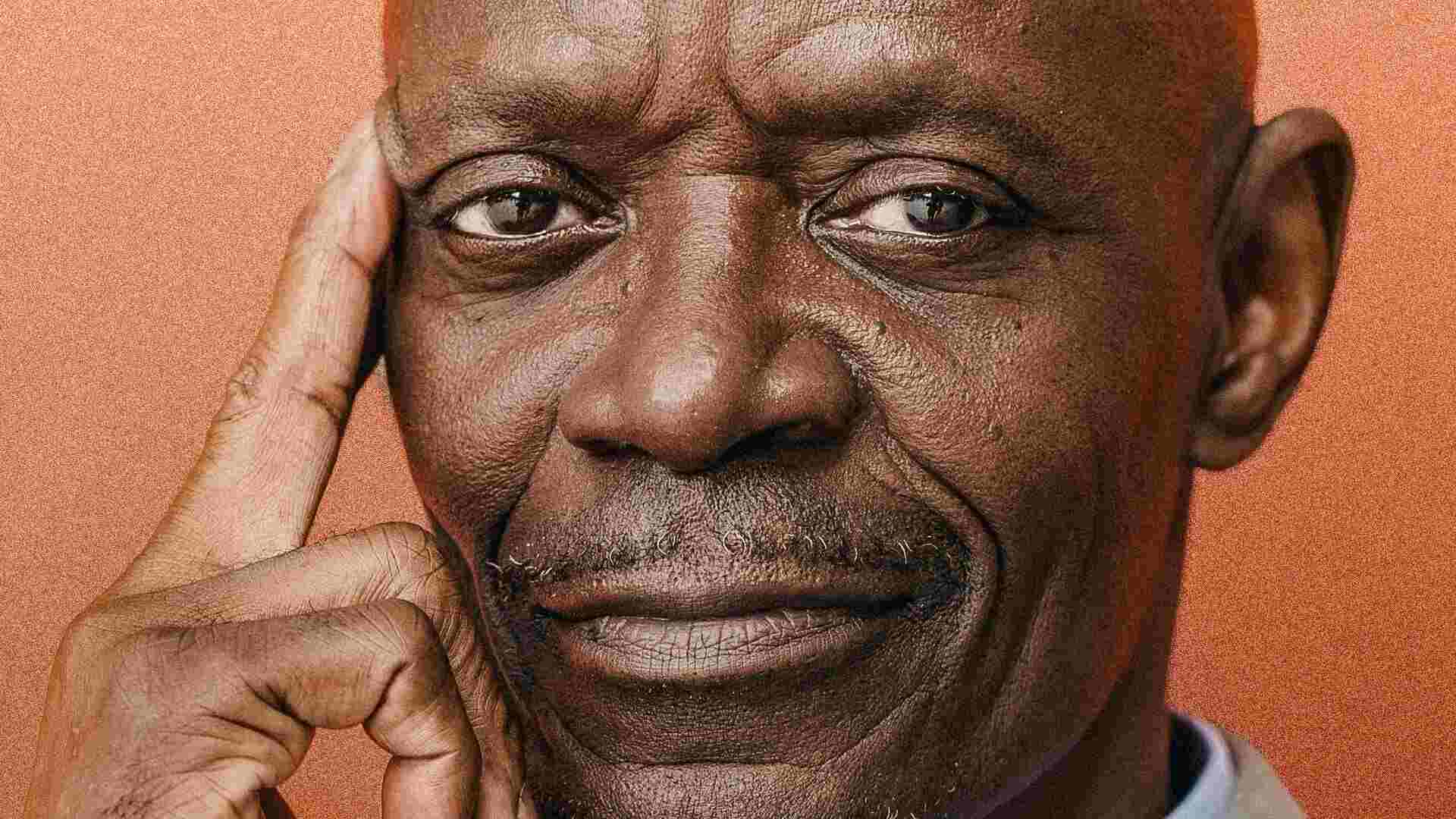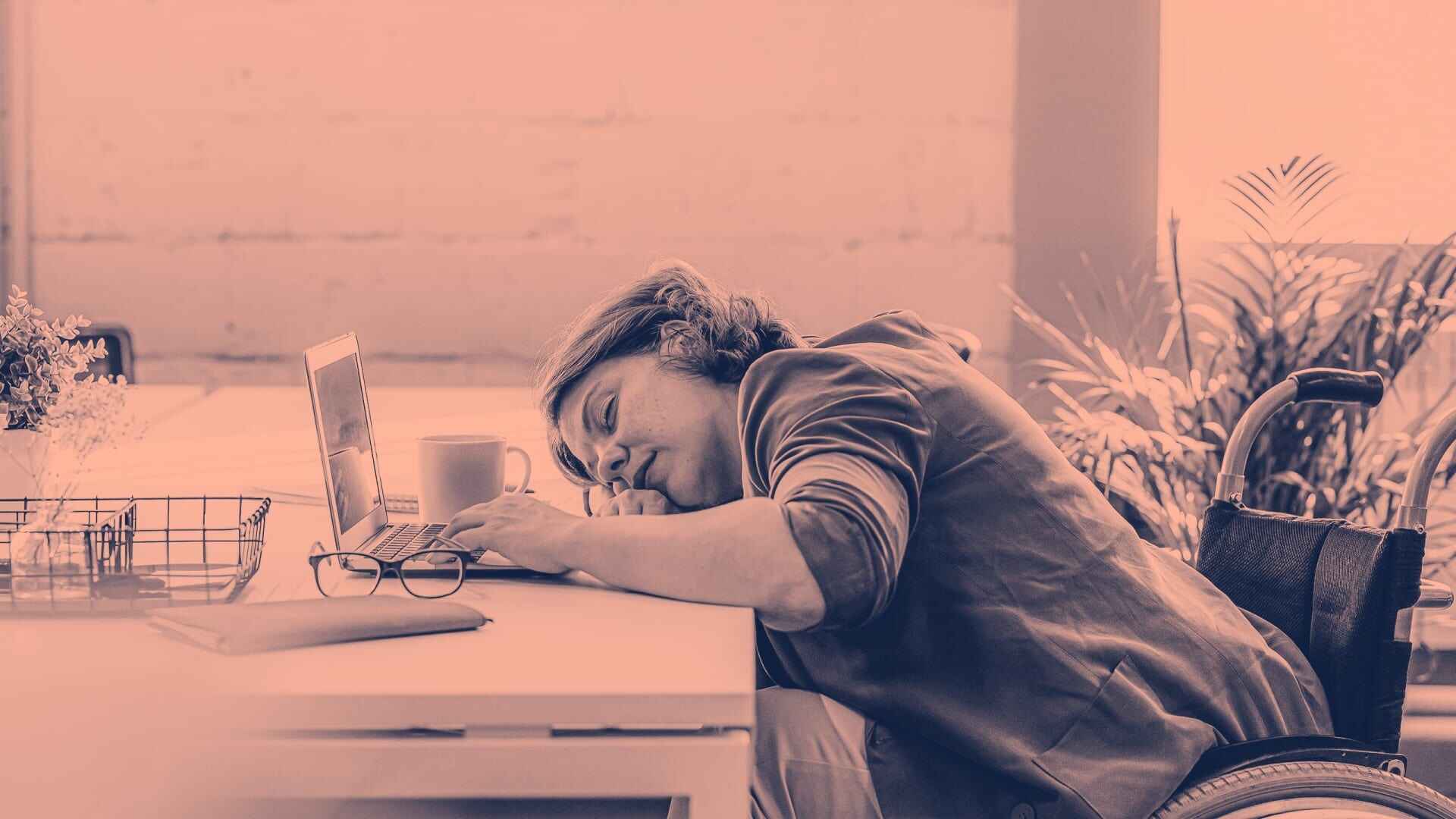- | 9:00 am
Here’s how inspiration works in the brain—and how you make your brain more creative
To understand what it takes to cultivate regular inspiration, we have to look at what happens in the brain when inspiration strikes.

Have you ever wondered why your best ideas seem to come at the most random moments?
From the outside, inspiration can seem unpredictable and illogical. It’s almost like an idea just suddenly falls into your lap—a problem you’ve been trying to solve for days suddenly has an answer, or the arc for a story somehow fits together.
Personally, I had always assumed that the harder I tried to get to the right answer, the better outcomes I would have. But, as soon as I began studying how creativity works in the brain, I learned that this couldn’t be further from the truth. Our creative brains don’t necessarily care about hard work. In fact, creative ideas can pop into our minds when we’re doing something completely irrelevant.
This isn’t just a personal hunch; there’s a biological reason for why this is the case. Creativity doesn’t just come about because of some outside force—we can actually create the circumstances that turn inspiration into a regular, predictable thing.
At my company, Daydreamers, we’ve put together a not-so-secret formula that helps us cultivate inspiration on a regular basis. It requires us to pay attention, relax, and enjoy ourselves more often. If that sounds, well, impossible, here’s exactly how it works from a scientific perspective.
THE ROOT OF CREATIVITY
Creativity is a natural part of our DNA. As adults in an output-driven world, we often lose touch with this innately human quality, largely because we treat our brains like machines. We’re constantly checking to-do lists, setting out to achieve tasks, or responding to “urgent” requests. This can make us stressed, and researchers have found that stress can impede creativity.
In the most simple terms, creativity happens when we ask, “What if things could be different?” It requires us to combine information in a new way, and see the world in a manner we haven’t before. But, when our brain is operating in the linear fashion we’re used to, it can get stuck in mental tunnel vision.
Creative inspiration strikes when we return back to the default mode of our brain. The default mode network (DMN) is an intricate combination of regions in our brains that are geared toward connecting the dots we may not see on the surface. Historically, the DNM was often seen as the part of our brain we want to escape in order to get more done. However, scientists are now finding that the DMN is at the root of creativity, meaning-making, and introspection.
Being in the DMN often happens when our body is doing one thing and our mind is somewhere else. Essentially, it happens when we daydream—or quit trying so hard.
THE FORMULA FOR CREATIVE BREAKTHROUGHS
Creative inspiration happens long before we sit down to create. Our brains are constantly collecting new information from our environments.
This is why I believe beholding beauty, savoring a moment, or exercising your mental flexibility are especially important to the core foundations of creative thinking. In essence, paying attention gives our creative brains the “dots” we need in order to combine ideas in a new way.
But to understand what it takes to cultivate regular inspiration, we have to look at what happens in the brain when inspiration strikes. Some scientists call that moment right before a jolt of inspiration a “brain blink.” Right before a moment of inspiration, studies have shown through fMRI imaging that a rush of alpha waves shuts off our visual cortex in order to quiet all potential distractions, allowing the DMN to thrive. While our external world is slowing down, our brain is making disparate connections until that “Aha!” moment comes alive.
A few years ago, scientists were curious about this exact topic. In a study published in Nature, researchers looked at the impact of “quitting” as it relates to creative breakthroughs in three different ways: doing nothing, doing something intense, or daydreaming. Guess which type of quitting helped with creativity the most? Those who had active downtime (i.e. mind-wandering) performed 41% better than their counterparts on creative tasks. When our brains have a moment to breathe they emit endorphins that help us relax, have space to go inward, and finally get out of that mental tunnel vision.
But not all mind-wandering is created equal—relaxation is a crucial element when trying to foster creativity and inspiration. That’s why going on a walk in nature or even getting into creative “flow” without worrying about the output can help us feel more creatively inspired.
Mind-wandering and relaxation can be used by workers in a wide range of industries—not just academia. Creators, inventors, and status-quo pushers alike have been prioritizing mental breaks for centuries. Albert Einstein was known for taking long breaks to mind-wander when working on solving tough problems, which he called “thought experiments.” He literally came up with the theory of relativity while imagining himself riding a sunbeam to the edge of the universe during the school day. Talk about a daydream!
In order to cultivate inspiration more regularly, we have to start long before we create. Being open to new ideas, experiences, and saving beautiful things helps our brains collect as much information as it can. Then, finding ways to relax, like practicing creative flow, and allowing your mind to wander on a regular basis can give your brain the breather it needs to be creative and combine those facets of information in a new, interesting way.
Think of the formula—explore, relax, daydream—next time you’re stuck in a creative block. Or better yet, give yourself a moment to mind-wander and it’ll likely do the trick.







































